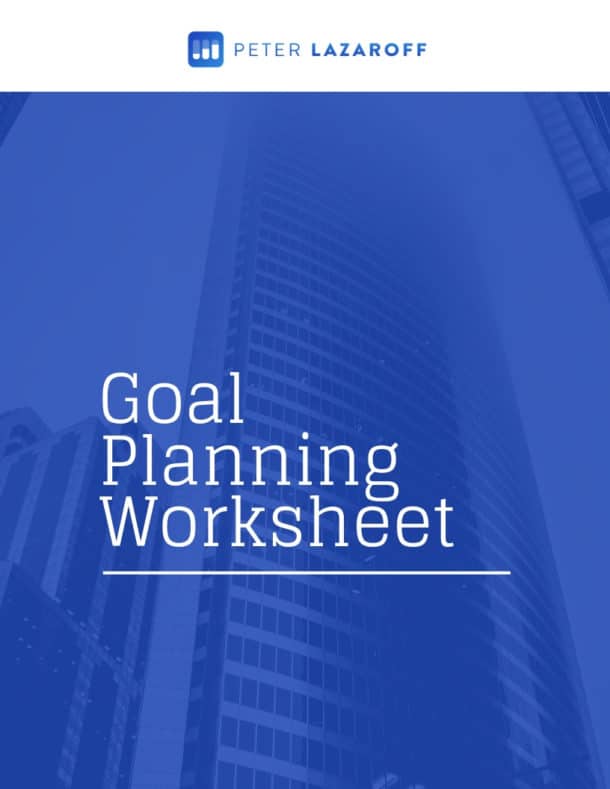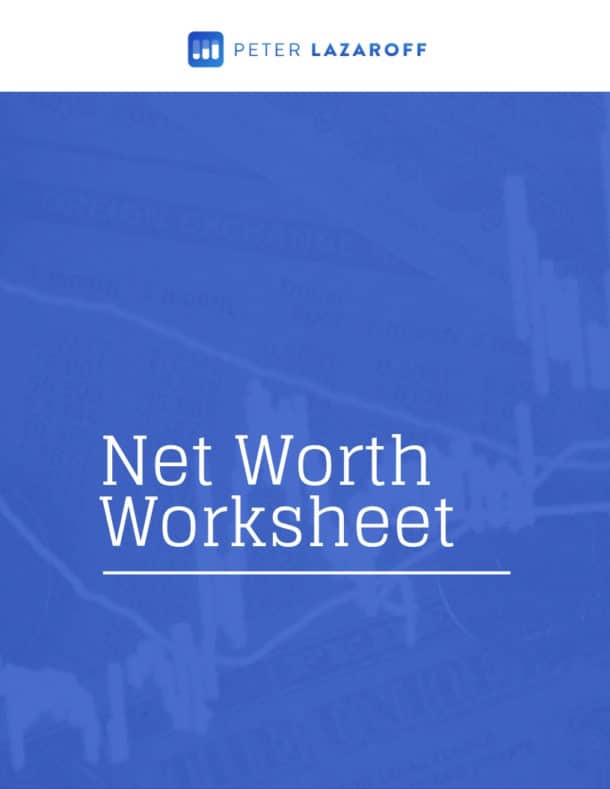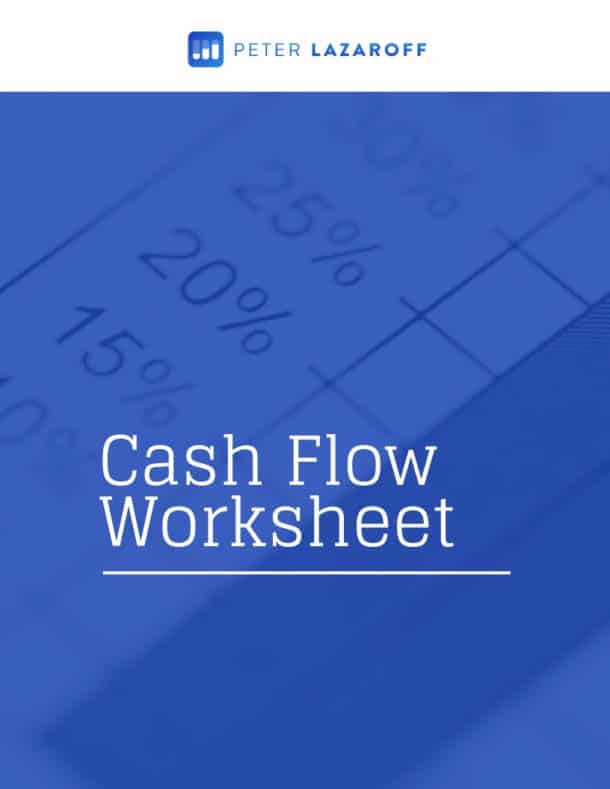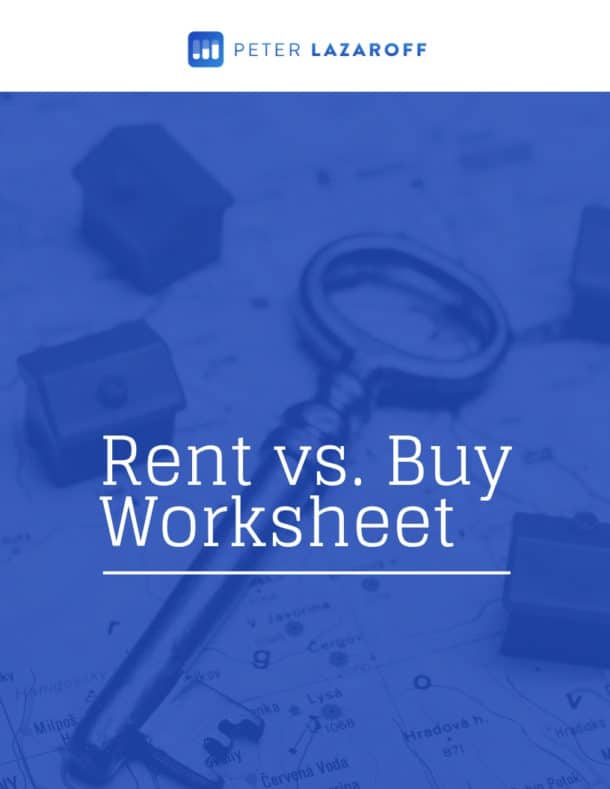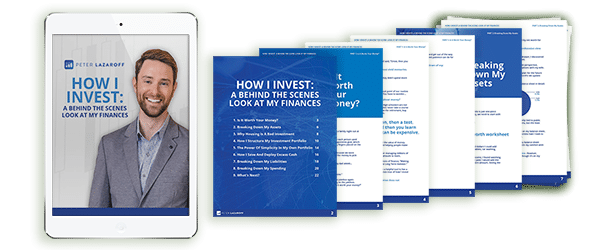Listen Now
Tax law shifts can change the best time to recognize income, give to charity, and make big business decisions. This episode unpacks how the “One Big Beautiful Bill Act (OBBBA)” reshapes year-end planning for pre-retirees, equity-comp executives, and business owners—and what still works vs. what to rethink.
Here are notes from my conversation…
Sign up for my newsletter so you can easily reply to my emails with your thoughts or questions for the podcast:
OBBBA: What Actually Changed in 2025 (Rates, Estate & Gift) (3:08)
Susan explains that the lower individual rates originally reduced under the Tax Cuts and Jobs Act were made permanent, and the elevated federal estate & gift exemption—which had been approaching ~$14 million and was scheduled to revert to ~$7 million—was also made permanent. Permanence changes timelines for lifetime transfers and legacy strategies, removing the looming “sunset” cliff that was expected in 2026.
Charitable Giving After OBBBA: 2% AGI Floor + Pease-Style Haircut (What It Means for DAF Timing) (6:29)
Two mechanics now drive charitable planning for higher earners:
- A 2% of AGI floor reduces allowable charitable deductions.
- A Pease-style haircut for itemized deductions caps the effective rate benefit for top-bracket taxpayers at 35%, even if their marginal rate is 37%.
Planning takeaway: “Bunching” into a donor-advised fund (DAF) still works, but not by rule of thumb. Susan notes that gifting in the 2–3 years before retirement can often beat gifting in a 37% year, because you may be in the 35% bracket and the 2% floor impact can be smaller. Multi-year projections are essential.
SALT Deduction: $40k Cap With a Phase-Down for Higher Incomes (Plus PTET Strategy) (7:42)
The SALT cap can rise to $40,000 starting in 2025, but phases out at higher incomes; for married filing jointly, Susan notes a phase-down beginning around $500,000 of income and effectively sliding back to $10,000 around $600,000.
Planning takeaway: Taxpayers below the phase-out band may see larger itemized deductions; above it, the benefit narrows. We also revisit PTET (Pass-Through Entity Tax) as a way for owners to secure a federal deduction at the entity level—but payments often must be made by year-end to count for the current year (details vary by state). See the PTET section at 24:15.
Social Security Isn’t Tax-Free; New Senior Deduction Helps at Lower Incomes (9:14)
Up to 85% of Social Security can still be taxable. The OBBBA adds an enhanced senior deduction—Susan cites an additional $6,500—which can reduce tax for seniors, especially at lower income levels. Don’t confuse this with “tax-free Social Security”; it’s a planning lever, not a full exemption.
Timing Still Wins: Why November Is the Last Best Window (and Why 2025 vs. 2026 Is Odd) (10:11)
Year-end planning still matters most—start in November. This year is unusual: the SALT change is live now, while charitable rules kick in 2026. Depending on your facts, it can be better to pull income into 2025 (to pair with deductions that are more valuable this year) or to stage gifts/income across 2025–2026. Model it; don’t guess.
Pre-Retirees: NQDC Spikes, Roth-Conversion Windows, and Capital-Gains/NIIT Coordination (12:33)
Approaching retirement, we map the next 5–7 years of income: W-2 pay falling off, non-qualified deferred compensation (NQDC) or lump-sum benefits spiking ordinary income, then a trough before RMDs begin.
- Charitable timing: DAFs or multi-year giving plans can be strongest before the 37% bracket and while the 2% floor bite is smaller.
- Roth conversions: The early retirement valley often creates room to convert before RMDs, sized to avoid cliffs (e.g., surtaxes, phaseouts).
- Gains management: Above the NIIT threshold, capital gains pick up an extra 3.8%—so harvest/deferral choices should respect those breakpoints.
- State curveball (MO listeners): Missouri now excludes capital gains from state taxable income retroactive to Jan 1 of this year, changing “move before selling” math for some.
Equity Compensation: RSU Withholding Gaps, Concentration Risk, and ISO/AMT Credits (17:31)
- RSUs: Vesting is a taxable event; employers typically withhold ~22%, which can be too low for higher earners—leading to balances due unless you boost estimates/withholding.
- Concentration: We address single-stock risk across the balance sheet and your paycheck when employer stock dominates both wealth and income.
- ISOs/AMT: Track AMT basis and AMT credit carryforwards—they’re frequently missed, especially if you’ve changed preparers, and can be valuable when you sell.
Business Owners: QBI Permanence, 100% Bonus Depreciation, and Smoother Elections (21:34)
- QBI (Section 199A): The 20% pass-through deduction is permanent; SSTB (specified service) limits still apply, but thresholds are more accommodating than before. Plan wages/UBIA and entity choices with the permanence in mind.
- Bonus depreciation: 100% bonus is back, retroactive for 2025. New flexibility lets some taxpayers elect 40% or 60% instead of all-or-nothing—handy for smoothing taxable income year-to-year.
- Retirement plan moves: Don’t forget plan design and funding decisions you can still influence (see SEP below).
PTET: Powerful, But Don’t Miss the Payment Deadline (24:15)
Many states offer a Pass-Through Entity Tax election that lets the entity pay state income tax and take a federal deduction—a workaround to individual SALT limits. Key caution: In many states, the money must be paid by year-end to secure the current-year deduction, even if the formal election is made with the return next spring. Coordinate early.
Often Missed: SEP IRA for Self-Employed Income and Director Fees (26:05)
A SEP IRA remains highly efficient for eligible taxpayers. You can establish and fund by your extended due date (potentially October of the following year), but you’ll want to model interactions with any other retirement plans you have.
How a Tax-Led Engagement Works (and Why Advisory + Tax Prep Reduces Errors) (27:00)
In the first 90 days, we gather 2+ years of returns and key payroll/equity-comp docs, then build multi-year projections aligned to your goals (retirement, liquidity events, residency). Sometimes the optimal total outcome is not minimizing this year’s tax, but minimizing the sum across years.
Because our advisory and tax teams share real-time data, we’re far less likely to miss Roth conversions, QCDs, large sales, or residency changes. That reduces amended-return risk and the “data-collection bill,” and it helps route cash efficiently when taxes are due.
Resources:
- Book a call with me: CallWithPeter.com
The Long Term Investor audio is edited by the team at The Podcast Consultant
Submit Your Question For the Podcast
Do you have a financial or investing question you want answered? Submit your question through the “Ask Me Anything” form at the bottom of my podcast page.
Support the Show
Thank you for being a listener to The Long Term Investor Podcast. If you’d like to help spread the word and help other listeners find the show, please click here to leave a review.
I read every single one and appreciate you taking the time to let me know what you think.
Free Financial Assessment
Do you want to make smart decisions with your money? Discover your biggest opportunities in just a few questions with my Financial Wellness Assessment.

Disclosure: This content, which contains security-related opinions and/or information, is provided for informational purposes only and should not be relied upon in any manner as professional advice, or an endorsement of any practices, products or services. There can be no guarantees or assurances that the views expressed here will be applicable for any particular facts or circumstances, and should not be relied upon in any manner. You should consult your own advisers as to legal, business, tax, and other related matters concerning any investment.
The commentary in this “post” (including any related blog, podcasts, videos, and social media) reflects the personal opinions, viewpoints, and analyses of the Plancorp LLC employees providing such comments, and should not be regarded the views of Plancorp LLC. or its respective affiliates or as a description of advisory services provided by Plancorp LLC or performance returns of any Plancorp LLC client.
References to any securities or digital assets, or performance data, are for illustrative purposes only and do not constitute an investment recommendation or offer to provide investment advisory services. Charts and graphs provided within are for informational purposes solely and should not be relied upon when making any investment decision. Past performance is not indicative of future results. The content speaks only as of the date indicated. Any projections, estimates, forecasts, targets, prospects, and/or opinions expressed in these materials are subject to change without notice and may differ or be contrary to opinions expressed by others.
Please see disclosures here.









